Ok, so I've got way more experience with mosfets than BJTs. I'd become very accustomed to the idea of mosfets having a specific 'on' resistance, which would allow me to calculate actual heat generation and operating conditions for the mosfet quite easily.
I understand a BJT doesn't have an actual 'on' state. Instead, it has a diminishing gain as you raise base current further and further. What I'm wondering about is how to get an idea of how much resistance there is in a BJT -or- how much it will heat up when I operate it in various conditions. I'm guessing that if I have a resistive load that allows 5 amps (for instance) and I am switching it with a BJT, then biasing the BJT on as high as possible will minimize heat generated in the BJT because you open the channel as wide as possible. But what I find awkward is the fact that the gain approaches zero once you get above a certain 'grey area'. So how do I figure out what is practical? Do I just have to look at the gain curve graphs on the datasheet and pick some reasonable range?
